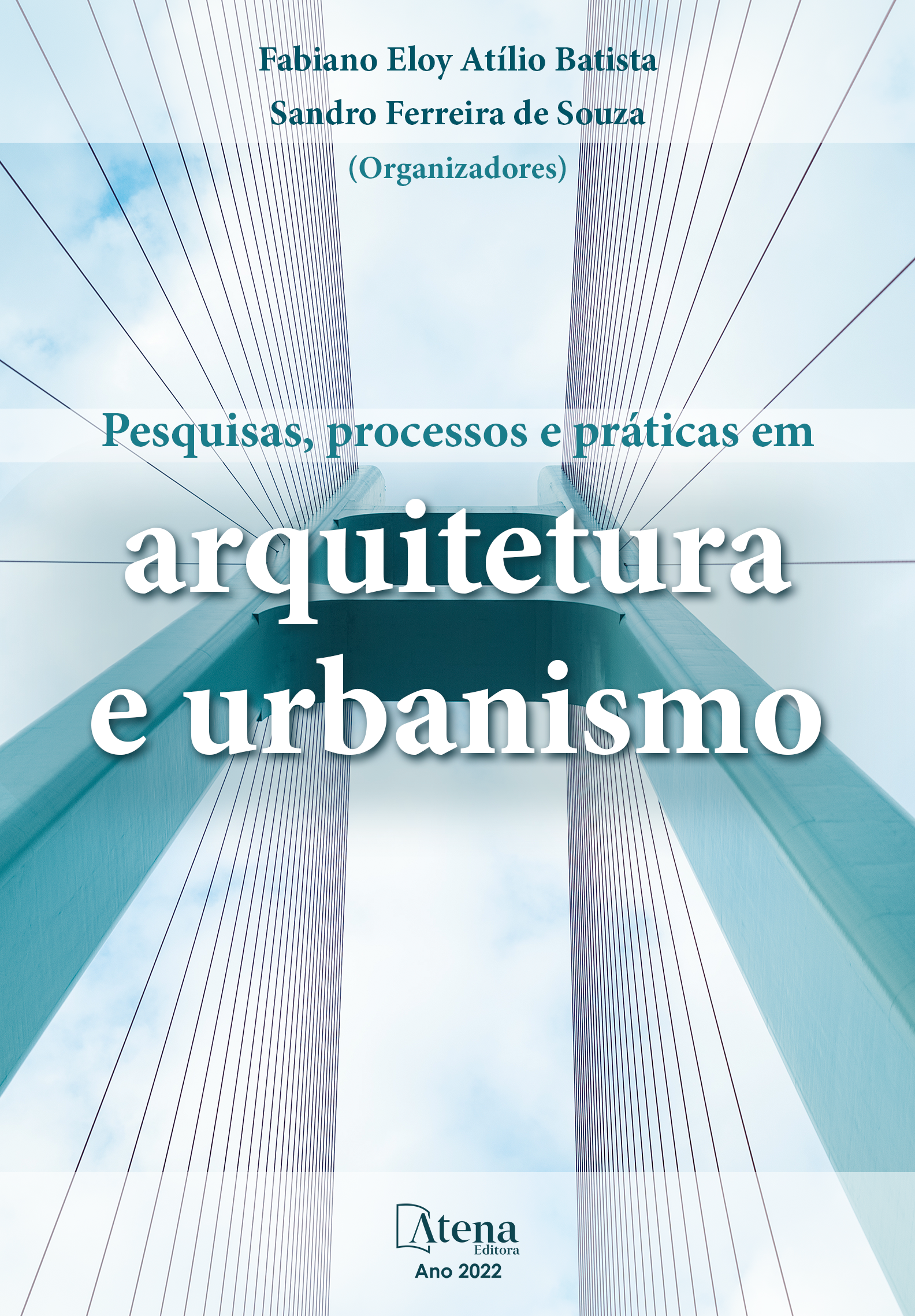
PROPOSTA DE REVITALIZAÇÃO DA INFRAESTRUTURA URBANA NA CIDADE DE MATA VERDE, MINAS GERAIS – BRASIL
RESUMO
Tem-se como objetivo nesta investigação, o estudo do espaço público da cidade de Mata Verde, em Minas Gerais. O estudo aborda a necessidade da retomada e aplicação junto a sociedade civil de um possível plano de ação territorial fundamentado em estratégias sustentáveis para um eixo verde interligando as praças públicas da cidade de Mata Verde. O eixo verde formado permite o tratamento do aspecto urbano gerando infraestruturas que se interligam através das praças.
Geralmente, as cidades de interior possuem uma praça central com a igreja da padroeira da cidade e em torno dessa centralidade acontecem as construções e o crescimento do município. Entretanto, Mata Verde teve seu início em três praças principais, sendo elas: A Praça Nossa Senhora de Fátima, onde está inserida a Igreja Católica; A Praça José Caires de Lima, onde encontra-se a prefeitura e a Praça José Lebrão, onde funcionam as festas e as feiras aos fins de semana. As três principais praças, estão localizadas no bairro do Centro, sendo elas de grande importância para a população local, afinal, em suas construções houve uma grande participação popular.
Atualmente, com a expansão da cidade, há também a Praça Tancredo Neves, localizada no bairro Planalto. O Planalto é considerado um bairro “novo”, mas de grande relevância devido aos equipamentos comunitários e a proximidade com a entrada da cidade.
PALAVRAS - CHAVE: Eixo verde, infraestrutura urbana, praças públicas.
PROPOSTA DE REVITALIZAÇÃO DA INFRAESTRUTURA URBANA NA CIDADE DE MATA VERDE, MINAS GERAIS – BRASIL
-
DOI: 10.22533/at.ed.9202224083
-
Palavras-chave: Eixo verde, infraestrutura urbana, praças públicas.
-
Keywords: Green axis, urban infrastructure, public squares.
-
Abstract:
ABSTRACT
The objective of this investigation is the study of the public space of the city of Mata Verde, in Minas Gerais. The study addresses the need to retake and apply with civil society a possible territorial action plan based on sustainable strategies for a green axis connecting public squares in the city of Mata Verde. The formed green axis allows the treatment of the urban aspect, generating infrastructures that are interconnected through the squares.
Generally, inland cities have a central square with the city's patron church and around this centrality the city's constructions and growth take place. However, Mata Verde began in three main squares, named: Nossa Senhora de Fátima Square, where the Catholic Church is located; José Caires de Lima Square, where the prefecture is located Praça José Lebrão Square, where festivals and fairs are held on weekends. The three main squares are located in the district’s center and they are of great importance to the local population, after all, in their constructions there was a great popular participation.
Currently, with the expansion of the city, there is also the Tancredo Neves Square, located in the city’s highland, that is considered a “new” neighborhood, but of great relevance due to its community facilities and proximity to the entrance to the city.
KEYWORDS: Green axis, urban infrastructure, public squares.
-
Número de páginas: 22
- Mariana Chaves Moura
- Giovana Leticia Hernández Arriagada
- Edgar Eduardo Roa Castillo
- Bruna Leticia de Fraga
- Beatriz Duarte Silva
- Paola Serafim Filócomo
- Carlos Andrés Hernández Arriagada


